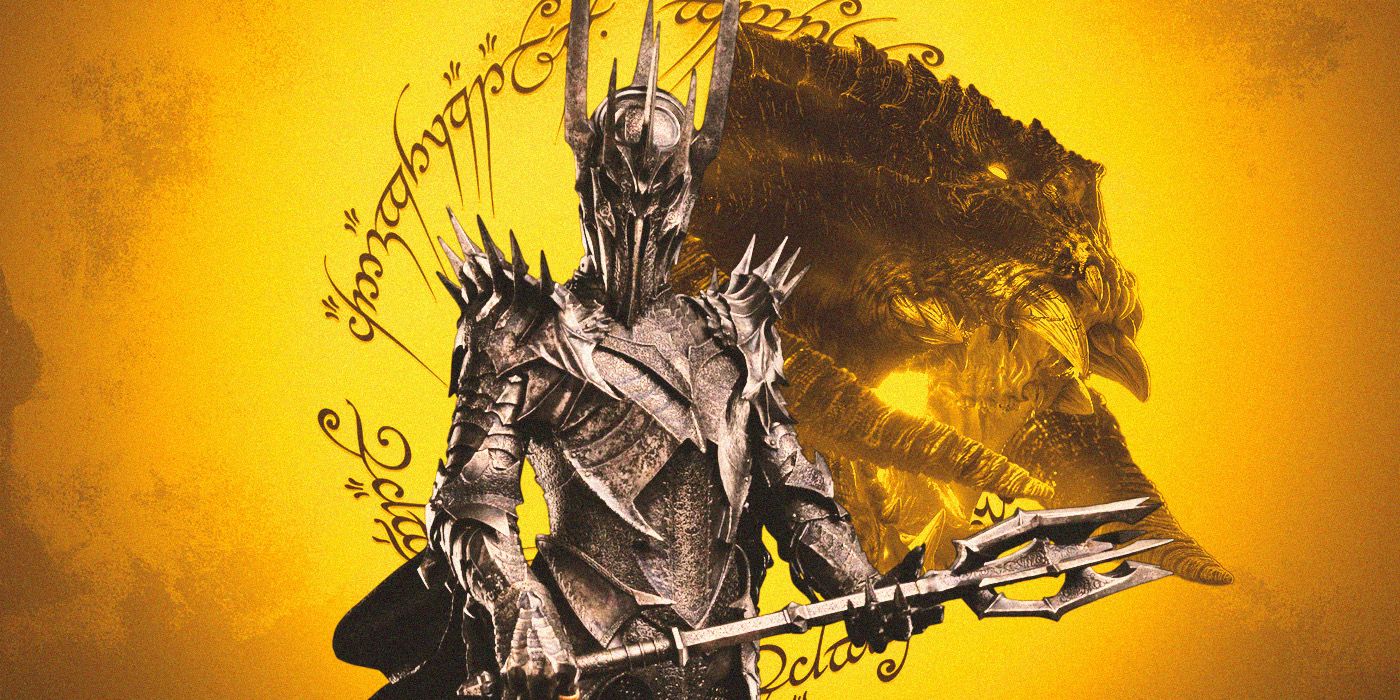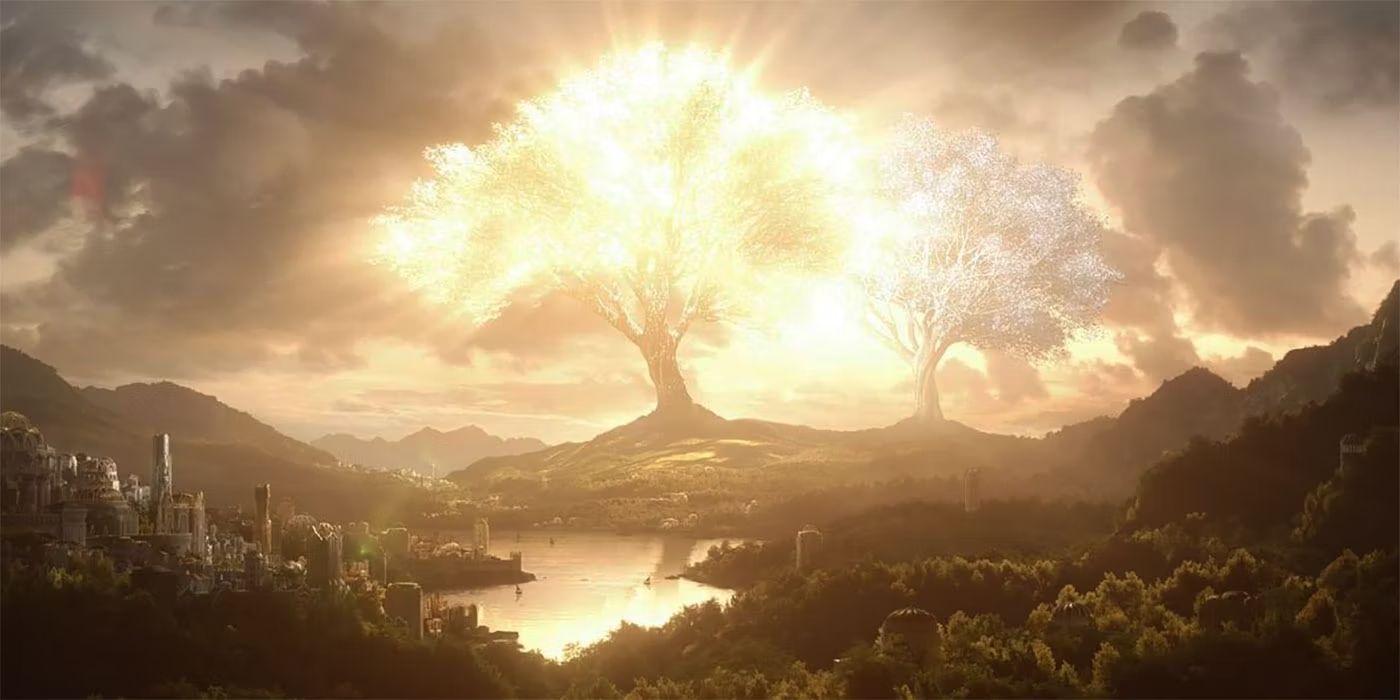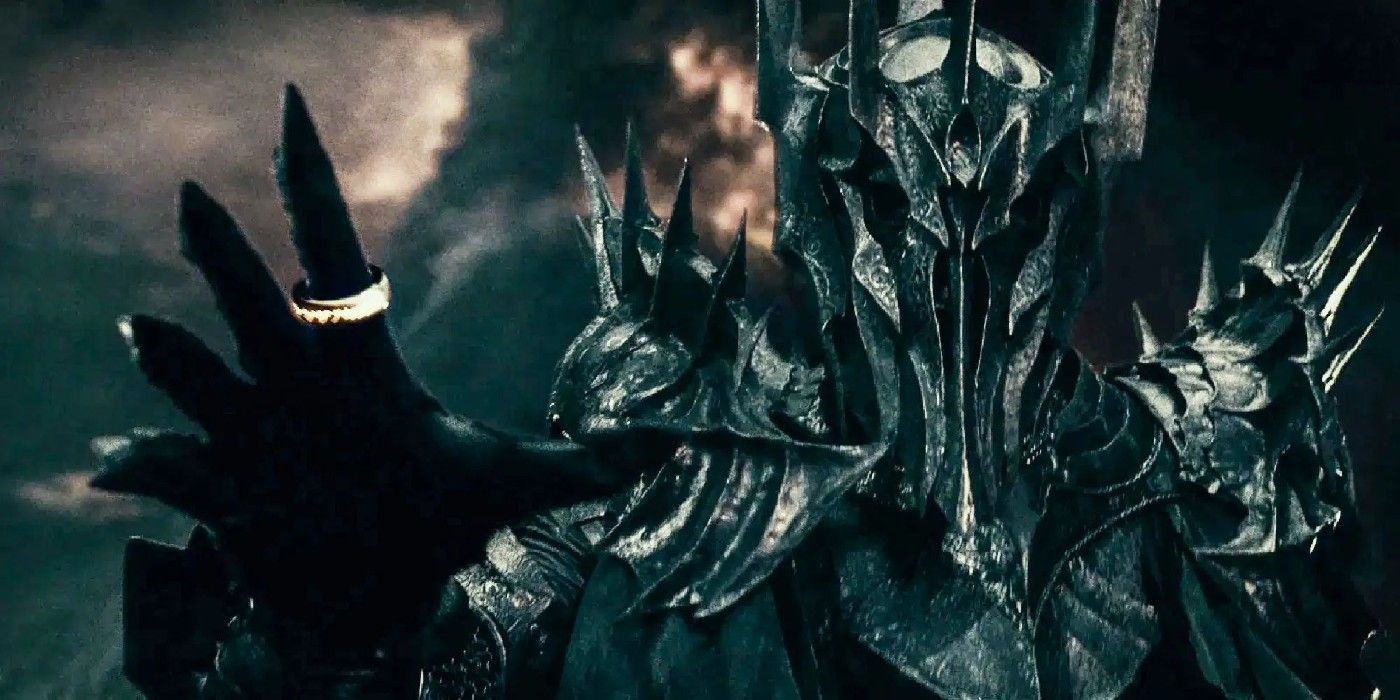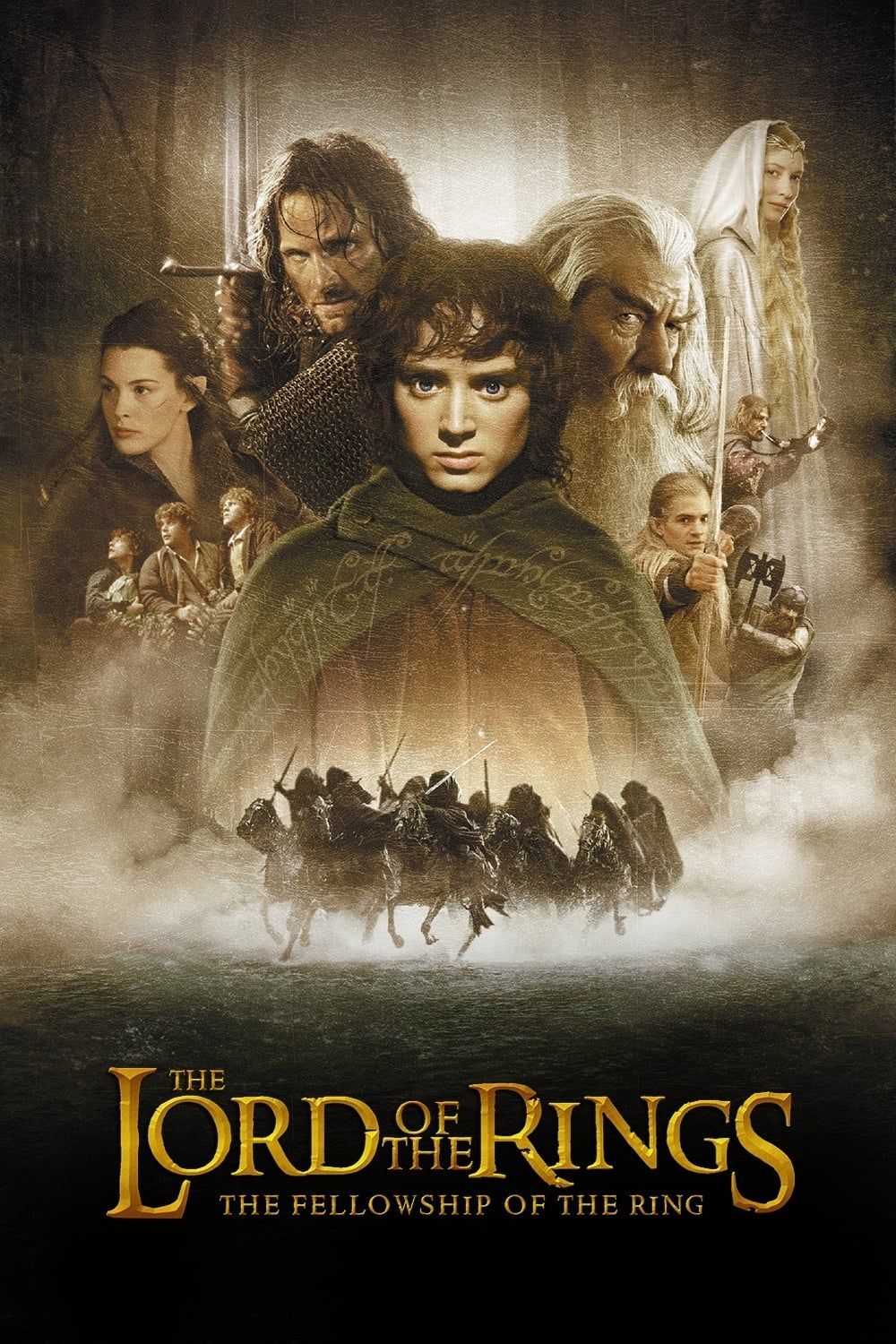Middle-earth is a fantasy world teeming with gods, demigods, and ancient beings of immense power.
In fact, the legendary author himself,J.R.R.
Tolkien, deemed these Valar siblingsunfit to be included in his final lore.

Image by Nimesh Niyomal Perera
So why did Tolkien decide to cut these Valar from his grand mythology?
Their story was worthwhile, but their passions went against the very core of the author’s moral compass.
However,Tolkien disliked two of his most powerful charactersso much he had to shoo them into the abyss.

Image via Amazon Prime Video
They lived in a grim iron fortresson the fringes of Aman, near the Halls of Mandos.
Unlike Morgoth, Makar and Measse were not evil in the traditional sense.
They simply believed in theraw, untamed power of combat.

The siblings were not popular amongst the Valar because of their constant mischief.
Only Tulkas, the champion Vala, liked to visit Makar to engage in sparring matches.
They also had a complicated relationship with Morgoth that began duringthe Music of the Ainur.

Fallen angels always make the best bad guys.
Makar notably returned with bloodied hands, having slain two of the Dark Lord’s fleeing servants.
At first glance, Makar and Measse seem like a seamless fit into the iconic legendarium of LOTR.

Therefore, why did they need to disappear?
Makar and Measse, with their love of bloodshed, no longer passed the check.
Their presence would have muddied the distinction between good and evil inThe Silmarillion.

Tulkas inherited their love of battle, but he fights with righteousness rather than bloodlust.
Your Rating
Your comment has not been saved
Cast
